And Lena Dunham might not be the only one.
Seriously, look at which shows portray young Asian men as romantic interests and look at who’s running them. It took me a while to convince myself I wasn’t crazy, but the more I heard about positive portrayals of Asian dudes, the more I noticed that it was usually within female-driven narratives. Specifically, it was usually Older Millennial women who were just now telling their stories.
Here’s some of the track record:
In Lena Dunham’s Girls, a show notorious for its whiteness, there were somehow not one but two Asian male romantic interests in Yoshi (Hiro Mizushima) and Byron (Julian Leong).
In Tina Fey’s Unbreakable Kimmy Schmidt, Kimmy (Ellie Kemper) falls for Dong Nguyen (Ki Hong Lee).
In Rachel Bloom’s Crazy Ex-Girlfriend, Rebecca (Rachel Bloom) uproots herself to chase after her crush, Josh Chan (Vincent Rodriguez III).
In Issa Rae’s Insecure, Justin (Ivan Shaw) is a handsome do-gooder teacher who’s briefly suggested as a good match for Molly (Yvonne Orji).
In Kelly Fremon Craig’s The Edge of Seventeen, Nadine (Hailee Steinfeld) eventually realizes that Erwin Kim (Hayden Szeto) is a total catch.
In Ilana Glazer and Abbi Jacobson’s Broad City, one could play a drinking game of “Oh hey, there’s a young Asian dude!” and wind up plastered.
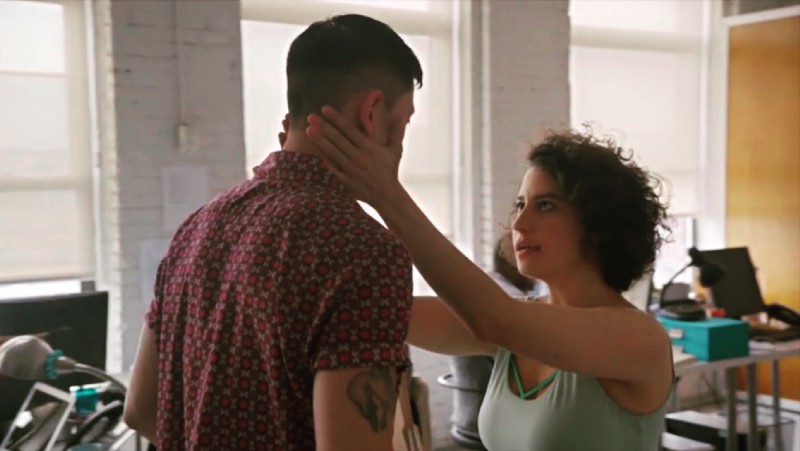
So maybe after decades of denigration, Asian guys are feeling a little love. But is there more to it than just media representation?
I have a theory about my cohort of Older Millennials who came of age in the first decade of the millennium, and it goes something like this: we saw a seismic divergence in the social status between Asian guys and girls. Sure, Yellow Fever and Orientalism have existed for some time, but with us, Asian girls became fully mainstream. Non-Asian Older Millennial males were raised on Nintendo and anime, whereas the female weeb was still super-rare. Our generational mythology is Harry Potter, and who was Harry Potter’s first love? Cho Chang. Do you remember any Asian male characters from the books? Exactly.
And of course, let’s not discount the impact of Asian porn as well.
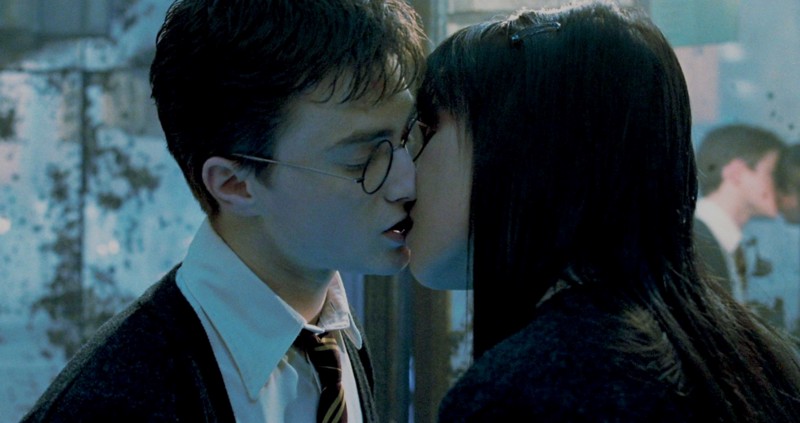
By the time Millennial guys and acceptance-starved Asian girls could socialize without constraint (i.e. college), there was no looking back. The Final Club scene from The Social Network is a great portrayal of this dynamic, where eager-to-assimilate Asian American girls are ecstatic to be included in an elite social scene and awkward young white male gatekeepers are just ecstatic to have girls, period. Meanwhile, acceptance-starved Asian guys were kept on the sidelines, either clinging to the post-racial dream or humiliated into silence.
If you grew up in this environment, especially as a non-Asian woman, what kind of social hierarchy would you be familiar with? You’d likely recognize the relatively high status of Asian women and the contrasting social marginalization of Asian men. Consequently, the Older Millennial female-centered narrative would be more inclusive towards Asian men, especially to signal progressive bona fides, than towards Asian women, who would be seen as established (and even superior) competition. After all, on Broadway, one of the Mean Girls is now Asian.
Girls (of which I’m a major fan) provides a key insight into this theory because out of all the shows that tried to depict the tribe of young educated wannabe-creative urbanites in the Obama Era (often lazily just called “hipsters”), it was the most relentlessly honest and self-critical. Yes, the show did not venture far from its privileged white female perspective, but that was the whole point. And the show rarely idealized its main characters: Hannah (protagonist and narcissistic aspiring writer), Marnie (annoyingly pretty girl with vague creative ambitions), Jessa (sociopathic boho-chick), and Shoshanna (pop culture-obsessed success-monger). Nor do the men around them get off lightly. This is why you can watch it post-11/9 and not feel that it’s total Koolaid bullshit: the show implicitly realized why almost half the country would elect a Cheeto Benito to thwart the dreaded hegemony of these folks.
So how does Asianness figure into Girls World? First, Asian men appear mostly as love interests. When Shoshanna is transferred to Japan for work in season five, she falls for her hip and handsome boss, Yoshi. He stands apart from the white American men she used to be involved with, such as grumpy “Old Man” Ray, who has too much education and not enough drive. Shoshanna and Yoshi don’t work out because she becomes too homesick, but in the penultimate episode, she announces her engagement to Byron, an attractive Asian American guy who seems to have his shit together. Though we don’t know much about him, he certainly seems more capable of making Shoshanna happy than a crying manbaby like Desi could for Marnie, or a borderline psycho like Adam could for Hannah. If one subscribes to a dessert theory of TV relationships, then the fact that he’s paired with Shoshanna — the most sensible and likable of the central female quartet — makes it clear what the moral of the fable is.
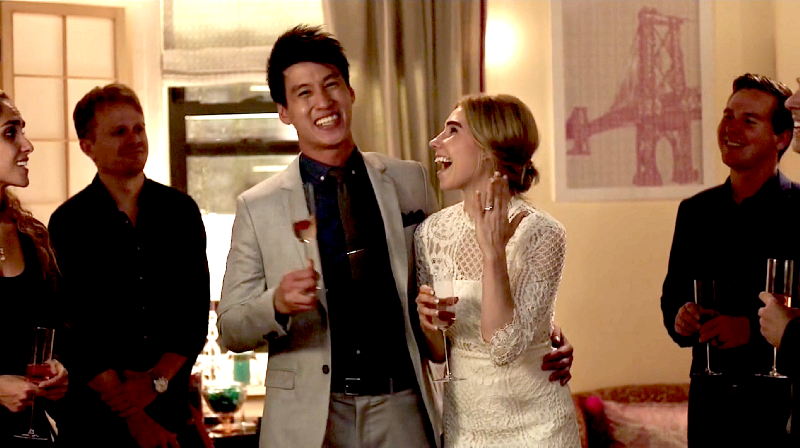
Second, Asian women are portrayed less warmly as obstacles. Soo Jin is the purest distillation of this idea as she is able to out-Marnie Marnie in everything: Soo Jin comes from more money, knows how to navigate the snooty art world better, and can sleep her way to the top more skillfully. Amazingly, Soo Jin is able to make the audience sympathize with Marnie, who’s often voted as the least popular of the Fab Four. Other examples of Asian-women-as-obstacles can be seen in the series premiere, where Hannah is fired from her job because her co-worker, Joy Lin, is more qualified. In the sixth season, Shoshanna attends a women’s networking event run by a couple of frenemies, one of whom is an Asian woman named Rachel.
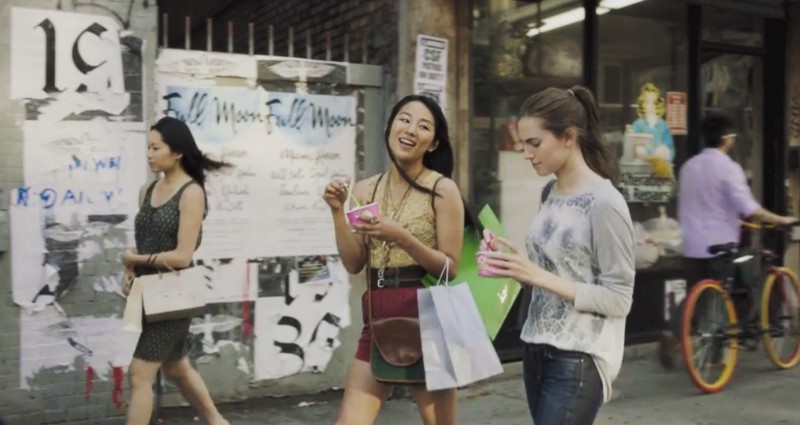
All this could perhaps be chalked up to a massive coincidence were it not for an illuminating essay Lena Dunham wrote — “In Which We Regularly Play Ping-Ping With The Princess Masako” — about a trip to Japan:
“I will be your guide,” [Shiori] says. Our friend Matthew warned us not to bond with any gallery girls because “you’ll never lose them” but I like her. She insists on carrying my suitcase even though she weighs about seventy-three pounds and has hands like paper cranes.
***
None fit because I am not a Japanese woman and my stomach(s) need some room. I am developing a rash, sweating, can’t bear to explain myself so I buy a silver mesh tank top with bells on it. The armholes are far too tight.
***
I know I said I could never imagine a Japanese affair, but I’ve changed my mind. Kazu, the art handler hanging my mom’s show, is gorgeous like the strong, sexy, dreadlocked Mongol in Crouching Tiger, Hidden Dragon (causing my sister to email the instruction: “Yeah, girl. crouch that tiger, hide that dragon. P.S. That’s a Chinese movie”).
Putting aside any outrage porning about Orientalism, these passages provide valuable insight into how someone like Dunham views Asianness. The women are effortlessly petite, and to someone like Dunham who has made a career out of her body image issues, it’s not a leap of faith to imagine that this is a source of simultaneous admiration and consternation. As for the men, they are initially a different species, but with familiarity, they become exciting uncharted territory.
The high status of Asian women is also reflected in the movie Ingrid Goes West, a darkly brilliant take on Instagram culture. The creative forces behind the movie are a trio of 1984 babies — Aubrey Plaza (star, producer), David Branson Smith (writer), and Matt Spicer (writer, director). The film exudes a genuine finger-on-pulse understanding of young online culture, in a way that “those wacky Millennial” movies like The Intern and The Circle don’t. And in this world, who is the Queen Bee of Instagram? It’s Harley Chung (Pom Klementieff), a girl so imperious that even Taylor Sloane (Elizabeth Olsen), the object of the titular Ingrid’s envy and obsession, sucks up to her. The remarkable thing is that this not an implausible scenario as Chung is a composite of various Asian female Instagram/fashion blog stars like Aimee Song and Michelle Phan.
Also, I’m not sure if it was pure coincidence or a subtle dig at the Harley Chungs of the world that in the movie, she dates a Logan Paul-like racist douchebag (Billy Magnussen).
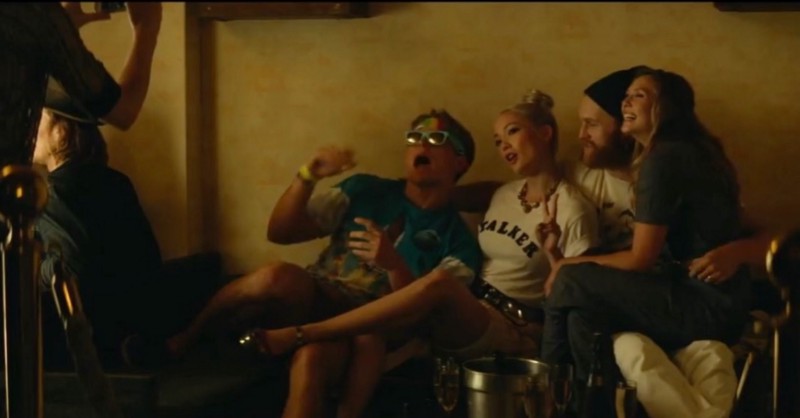
But in case we get too fixated on white female narratives, let’s take a look at Issa Rae’s Insecure. In the first season, there are two Asian characters: Diane (Maya Erskine) and Justin. Diane works in the same law firm as Issa’s best friend, Molly, and to Molly’s annoyance, Diane is engaged to the kind of black man that she herself wants. Plus, Diane is kind of lame in a wannabe-woke way. As for Justin, he looks like a model and has dedicated his life to children. He once tries to hit on Molly at a party, but Molly is having a guy-related bad day and cold-shoulders him. This is shown as a strike against her, for being so rude to a good-guy dreamboat. In the second season, Issa’s ex Lawrence (Jay Ellis) gets sexually ensnared by two Mandingo-fetishizing women, one of whom is half-Asian with the conspicuously Asian name of Miko (Hayley Kiyoko).
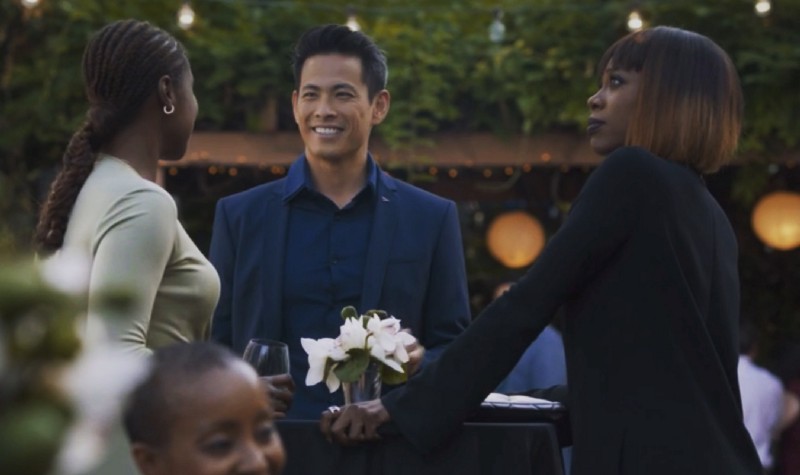
Moreover, in Jessica Williams’s The Incredible Jessica James, the opening scene shows the protagonist (Jessica Williams) running into her ex-boyfriend (Lakeith Stanfield) on a date with an Asian woman.We have moved on from the days of Asian girls being the math dorks with thick glasses.
Chris Rock infamously joked about a civil war within the black community between “black people” and “n*ggas.” An internal strife has also been brewing within the Asian American world for quite some time, mainly based on gender lines. The Asian American gender gap is real, where Asian women and men experience life in America in deeply different ways. It’s the radioactive fallout from asymmetric acceptance, where Yellow Fever fast-tracks Asian women to strings-attached assimilation while Yellow Peril makes Asian men personae non gratae. It’s been deadlocked for a while now, with Asian American women — usually under the tacit precondition of pairing up with white men — acting as conduits between the mainstream and this little pond called Asian America. But are things changing?
Traditionally, when stories were centered on the straight white man, Asian women had a clearer path to inclusion as the love interest. Asian men were competition, clowns, or cannon fodder. Sometimes all three.
But when it’s the straight white woman, or straight black woman, who takes center stage, the path to inclusion is inverted. It’s Shoshanna, not Shaun, who goes to the Far East for self-discovery and romance. Suddenly, it’s Asian men who are the friendly objects of romance and friendship, and Asian women who are in the way. Of course, this is not to say that women are particularly catty, because Hollywood has long operated as a White Guy Fantasy Factory that impugns all competitor tribes of males. Every story has an agenda that reflects the experiences and desires of its creators. And now, the creators are different.
If this new push for female-driven narratives is helping Asian men, it is not doing as much for Asian women. This highlights a fundamental conflict of interest for minority communities with respect to the rise of the female-centered perspective, especially the white female-centered perspective. This is even more true for Asian Americans because we have not yet developed a strong enough minority culture to sustain our own narratives, and instead, must rely on inclusion by others.
In such a reality, the uncomfortable truth may be that is better for Asian women when men are in power and better for Asian men when women are in power because it’s greatly beneficial to have a romantic route into the upper echelons of influence. The majority of people are heterosexual and even if it’s not polite to say out loud, tribal sexual competition is real. Groups hate “losing” mates, but love “poaching” them from outsiders. This is not simply limited to male possessiveness, as can be seen in the anger among black women about black men who date/marry outside their race. More recently, we saw a surge of anger from South Asian women for perceived group disloyalty from famous South Asian men like Aziz Ansari and Kumail Nanjiani.
If my observations are indeed indicative of a cultural shift, then these shifts must be understood if there is to be any possible peace in the Asian American gender wars. There is both opportunity and danger here. For Asian women, since the War Brides Act, their special status in America has significantly depended on their willingness to associate with white men. But nowadays, the White Male Brand is tanking and those who’ve hitched their wagons to that star may catch flak themselves. Will Asian men be a little too gleeful about this? While that may provide some with short-term emotional satisfaction, it would be destructive in the long run.
On the bright side, perhaps these shifts can alter the playing field in a better way. As a veteran of online Asian American discussions, I’ve mostly seen appeals to morality, where Asian men and women’s obligations to each other are discussed in terms of obligations and justice. They sound nice in text but are woefully ineffectual in actual life.
Perhaps a more conducive impetus for change is a realignment of interests. If Asian American women now feel targeted by an assimilationist liberalism that once seemed to have their backs, then they will have more of an incentive to find common cause with Asian American men. As for Asian American men, feeling more included in mainstream culture may alleviate some of the anger that’s been building up after being gaslit and ignored for so long. Or maybe we can finally admit that while ideally, everyone should be with anyone, there’s also been too much shit in the past and present to keep pretending that Asian men and women ought to be gee-whiz happy when their opposite half seeks white partners.
But this is right now and we also have the future to consider. By harnessing these new developments, could Asian American women and men learn to resent each other less and find mutual interests?
And if the answer is yes, don’t worry. I won’t appoint Lena Dunham as Asian Jesus.
Follow Chris on Twitter: @JesuInToast

Comments powered by Talkyard.